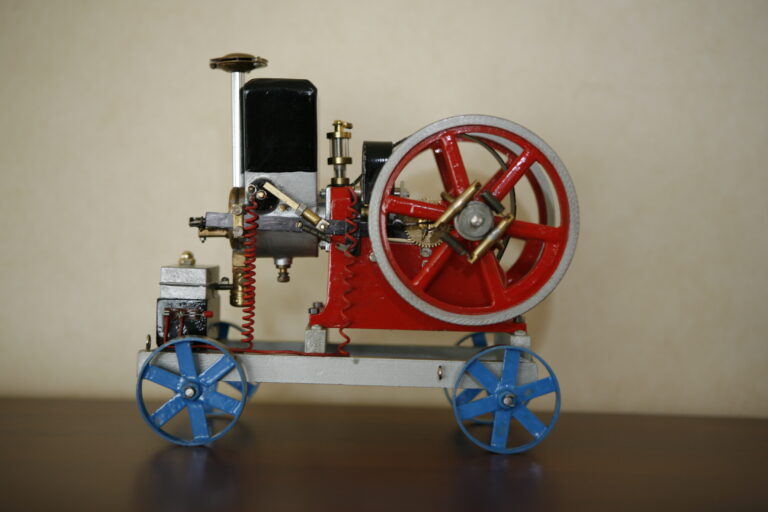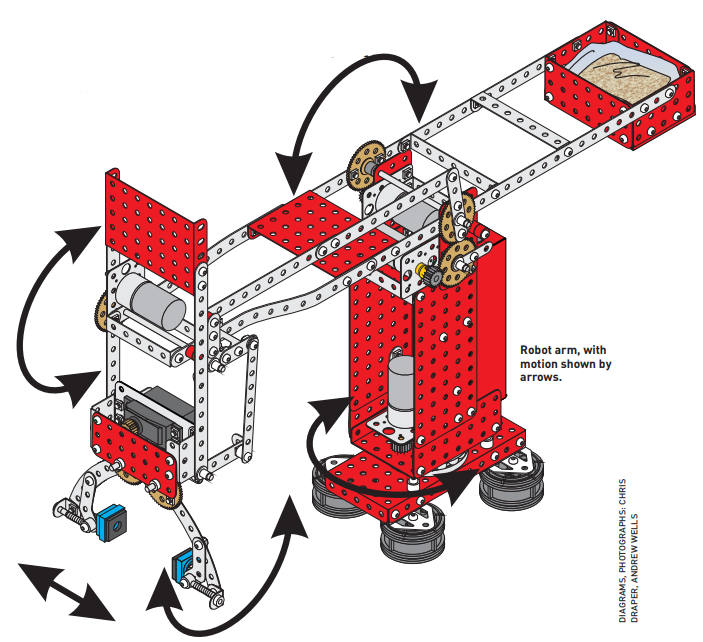
Small vehicle, large challenge
The miniature Land Rover is called a Toylander and two lucky grandsons in Australia will soon be taking delivery of a toy that most kids only dream of. Toylander is based in the UK and sells plans and kitsets for a variety of vehicles. Graham came across their website and bought a set of Land Rover plans on impulse, thinking he could knock one up for one of his grandson’s birthdays.
Rather than being a quick job, the project got under his skin and became a bug that has seen the house renovations put on hold, the new shed delayed and a couple of birthdays slip by in the year and a half it has taken to complete.
Although the Toylander plans are comprehensive and highly detailed, Graham’s version has gone far beyond the basic instructions.












